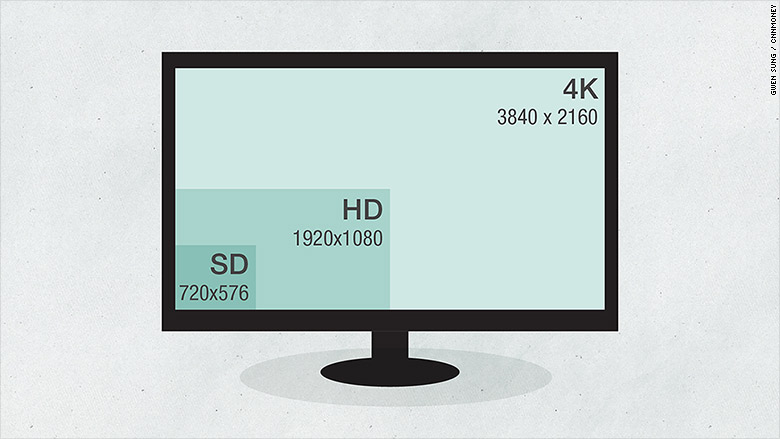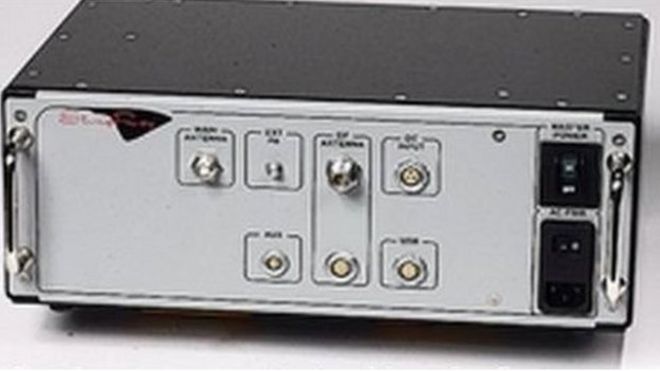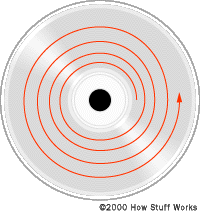In a move sure to
befuddle women -- and anger some breast cancer survivors -- the American Cancer
Society has issued new
guidelines saying less
screening for breast cancer is better than more.
The venerated cancer
organization says women should start getting mammograms at 45 instead of 40,
and that everyone can skip the routine manual breast checks by doctors.
An exhaustive review
of the medical literature shows these measures just aren't very effective,
according to the group. "The chance that you're going to find a cancer and
save a life is actually very small," said Dr. Otis Brawley, the society's
chief medical officer.
Now three key groups
-- the American
College of Obstetricians and Gynecologists, the American Cancer
Society, and the U.S. Preventive Services Task Force -- recommend different ages for
starting regular mammograms: 40, 45 and 50 respectively.
While mammograms save
lives, they can also cause harm, and each group does a different job of
balancing the pros and cons.
Earlier
testing is not necessarily better
The problem with
mammograms is that they have a relatively high false positive rate, which means
women sometimes have to undergo painful and time-consuming tests only to find
out they never had cancer in the first place.
The chances of false positives are
especially high for women under 45, as they have denser breasts and tumors are
harder to spot on an image. "If she starts screening at age 40, she
increases the risk that she'll need a breast cancer biopsy that turns out with
the doctor saying 'You don't have cancer, so sorry we put you through all this,'"
Brawley said.
He said he knows women who've had
false positives year after year. "False positives are a huge deal,"
he said. "These women are so frightened and inconvenienced they swear off
mammography for the rest of their lives."
Six years ago, the federal
government's Preventive Services Task Force caused a furor when it
declared that women in their 40s didn't need to get routine mammograms. Younger
women whose breast cancers were caught by mammograms angrily responded that
they would have been dead if they'd followed that guideline.
They said they'd gladly risk a false
positive, with all the inconvenient and sometimes painful followup, for the
chance of finding a cancer.
Learning from that experience, the
American Cancer Society has sought to soften its message, emphasizing that
women in their early 40s should still be able to get mammograms if they want
them, as long as they understand the risks.
There's the risk of a false positive,
plus the risk that a mammogram could catch a very small breast cancer that will
go away on its own, or never progress to the point that it hurts a woman. In
other words, a mammogram could catch a tumor that isn't really worth catching.
But since doctors can't reliably
discern the harmful from the harmless cancers, they treat them all. This means
some women are getting potentially harmful treatments, such as radiation,
chemotherapy and surgery, when their tumor would never have caused a problem,
Brawley says.
A Canadian study looked at 44,925 women who were
screened for breast cancer, and 106 of them fell into this category and were
treated for breast cancer "unnecessarily," according to a review in the New England Journal of
Medicine.
New
guidelines have their critics
While agreeing with
the American Cancer Society that mammograms aren't perfect, some advocates for
women criticized the group's new guidelines. First, they said the society
looked mostly at studies of film mammography, which in the United States has
almost been entirely replaced by digital mammography.
Digital mammograms generate clearer
images and do a better job of finding cancer and have a lower false positive rate.
"It's like standard versus HD
TV," said Dr. Therese Bevers, the chair of the National Comprehensive
Cancer Network's guidelines panel for breast cancer screening and diagnosis,
and the medical director of the Cancer Prevention Center at the MD Anderson
Cancer Center.
Second, critics said the cancer
society looked only at whether screening saved a woman's life, and not at
whether screening caught a cancer early, so the woman could avoid the most
drastic treatments, such as chemotherapy or mastectomy.
"The American Cancer Society made
the value judgment that screening is only worth it if improves survival,"
said Dr. Marisa Weiss, a breast cancer survivor and president of
Breastcancer.org. "There's an arrogance to that. Let women decide what's meaningful
to them."
Insurance
companies also decide
The new guidelines
also state that women over age 55 can choose to get a mammogram every other
year, since breast cancers in post-menopausal women tend to develop more
slowly.
To a great extent it will be insurance
companies that decide at what age women get mammograms. In 2009, they typically
continued to pay for mammograms starting at age 40 even though the government's
task for force recommended mammograms starting at age 50.
But it's not clear what they'll do now
that the American Cancer Society has also raised the age for mammograms.
"(Insurance) plans will certainly
take these updated recommendations into account when evaluating their coverage
policies," Clare Krusing, a spokeswoman for America's Health Insurance
Plans, wrote to CNN in an email.
The new guidelines are meant for women
at average risk of breast cancer. The society says women with a family history
or who carry a gene that predisposes them to breast cancer may need to start
screening earlier and more frequently.
As for the recommendation to
discontinue routine manual breast exams by doctors, many advocates for women
with breast cancer agree there's a lack of good evidence that they save lives,
but some said they saw no reason to get rid of them.
"It's a free and added way of
knowing whether or not a lump is there," said Leigh Hurst, founder of the
Feel Your Boobies Foundation.
In the end, with so many different
opinions on preventing breast cancer, experts are worried women will throw up
their hands.
"Our biggest concern is that this
will create a lot of potential havoc in the day-to-day practice of caring for
women," said Dr. Christopher Zahn, the vice president of practice
activities for ACOG.




